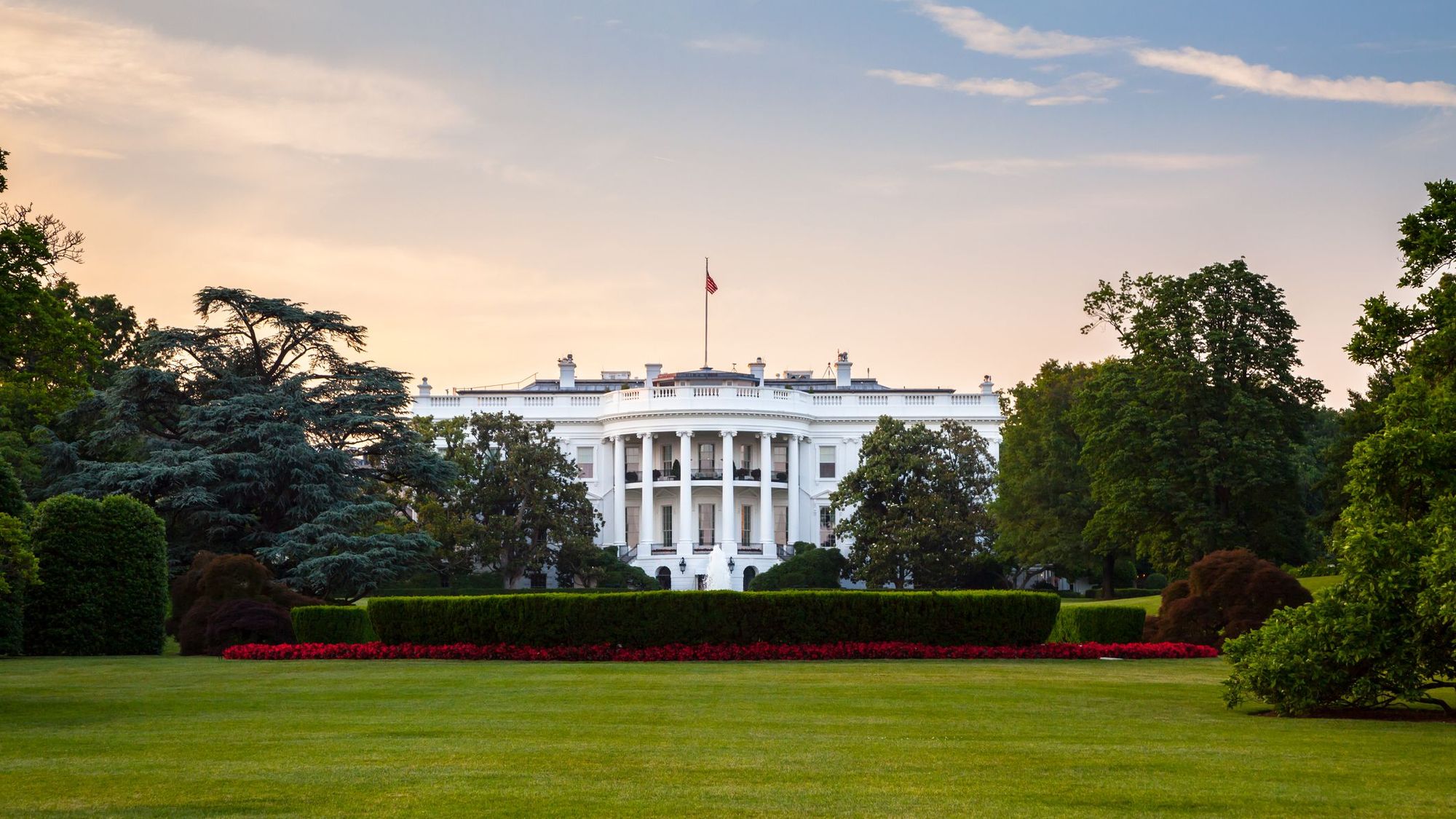The Latest Presidential Order on Digital Assets & Cryptocurrency

On March 9th, 2022, President Joe Biden signed an executive order (EO) that outlined a whole-of-government approach for the regulation of digital assets. The EO focuses on six main priorities:
- Consumer and investor protections
- Financial stability
- Illicit finance
- U.S. leadership in the context of global finance and economic competition
- Financial inclusion
- Responsible innovation
According to a press release from the White House Briefing Room:
“The rise in digital assets creates an opportunity to reinforce American leadership in the global financial system and at the technological frontier, but also has substantial implications for consumer protection, financial stability, national security, and climate risk.”
i.e. the government thinks crypto is a great opportunity to gain more power, so they’re interested!
This article covers key implications of this EO and what it means for the future of digital assets. Read on to learn the importance of ensuring the protection and security of your assets in the coming years.
Implications of Government Involvement in Digital Assets
Increased government involvement in digital assets comes with many implications for investors and innovators in the cryptocurrency and digital space. Many quote the need for decentralized technology as the inherent antithesis to government involvement. However, we live in a world where we need to be able to accommodate both.
Three key implications that will have a major impact on digital assets include:
1. The Potential for a U.S. Government-Backed Digital Currency
As part of the EO, President Biden has named U.S. competitiveness in economic technology a priority.
Even before the release of this EO, the Federal Reserve had announced its intention to begin developing a Central Bank Digital Currency (CBDC) – a type of digital currency based on the idea of cryptocurrency, with key differences including centralization of CBDCs and liability falling on the Federal Reserve itself.
With U.S. leadership now focusing on increasing its competitiveness and leadership in the development of digital currency, this could result in a U.S. government-backed digital currency that steers away from the decentralized aspect cryptocurrencies are known for.
What does this mean? Well, the fact that the US Government themselves are considering using technology to further the purpose of the US dollar is a massive validation of blockchain technology. Secondly, we have to think about the interplay between the CBDC (Central Bank Digital Currency) and stablecoins, which have been a temporary “fix” for the need.
2. Tax Legislation & Digital Assets
As of 2021, the cryptocurrency market is valued at more than $3 trillion (USD) – a massive increase in value from even just the year prior in 2020.
With the growing popularity and investments in cryptocurrencies and other digital assets, the president is putting much more pressure on agencies to write new tax legislation – with 200 days being the current count for this legislation to be completed. This urgent need for legislation is a strong indicator that the government realizes how an unregulated industry could hurt the general public. Legislation should largely be designed to protect the public.
Additionally, as part of President Biden’s $1.2T Infrastructure Bill, cryptocurrency exchanges are now required to notify the Internal Revenue Service (IRS) of crypto transactions via a 1099-B form.
3. Technology & the Everyday Joe: Seeking Key Protections for Consumers
A major component of this EO is protecting U.S. consumers, investors, and businesses through a series of actions to mitigate risk and make the technology accessible, safe, and affordable.
This will undoubtedly include the implicit or explicit support of digital asset platforms – such as Webacy – that provide and promote safe cryptocurrencies practices including backup wallets in the event investors lose access to their key and digital asset wills that ensure the secure transfer of assets following an investor’s death.
Along with seeking to provide ample protections for the everyday consumer, the White House Briefing Room also states that the EO outlines the importance of “privacy, security, combating illicit exploitation, and reducing negative climate impacts.”
Final Thoughts
The push by President Biden’s EO for further legislation and regulation surrounding digital assets is a watershed moment for helping to legitimize this space. Upon reviewing the EO, it’s clear the government is aiming to support, rather than suppress the industry, which is a huge relief.
For the digital asset industry to remain decentralized and autonomous, however, consumers and investors must be able to protect themselves without the need for government intervention – as the more risk the government perceives, the more it will move to step in.
As such, all of us within the digital asset space need to embrace the proper tools to protect our assets and avoid bad actors. To learn more about how our platform and tools at Webacy can help you to secure the future of your digital assets, visit our website today.
…